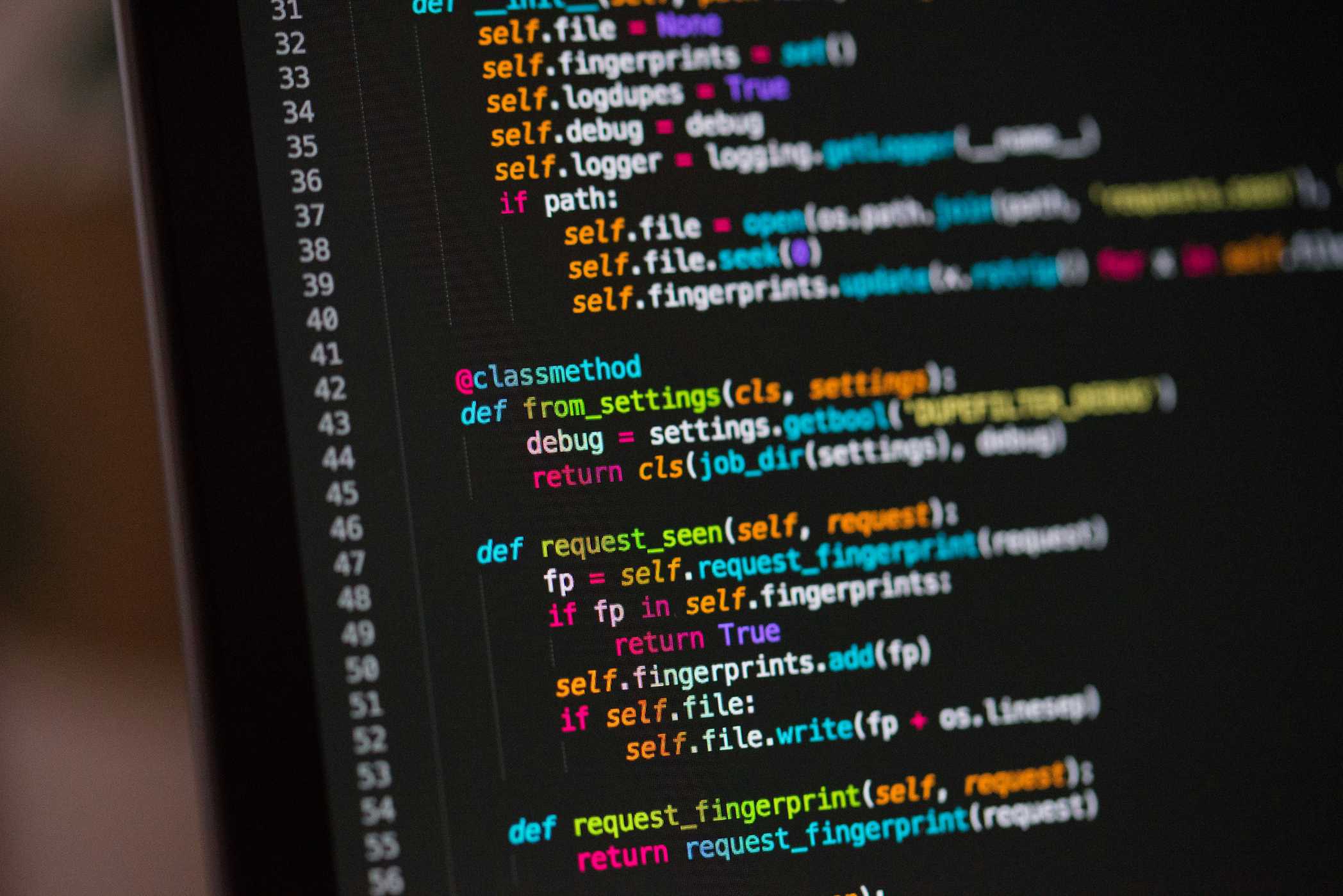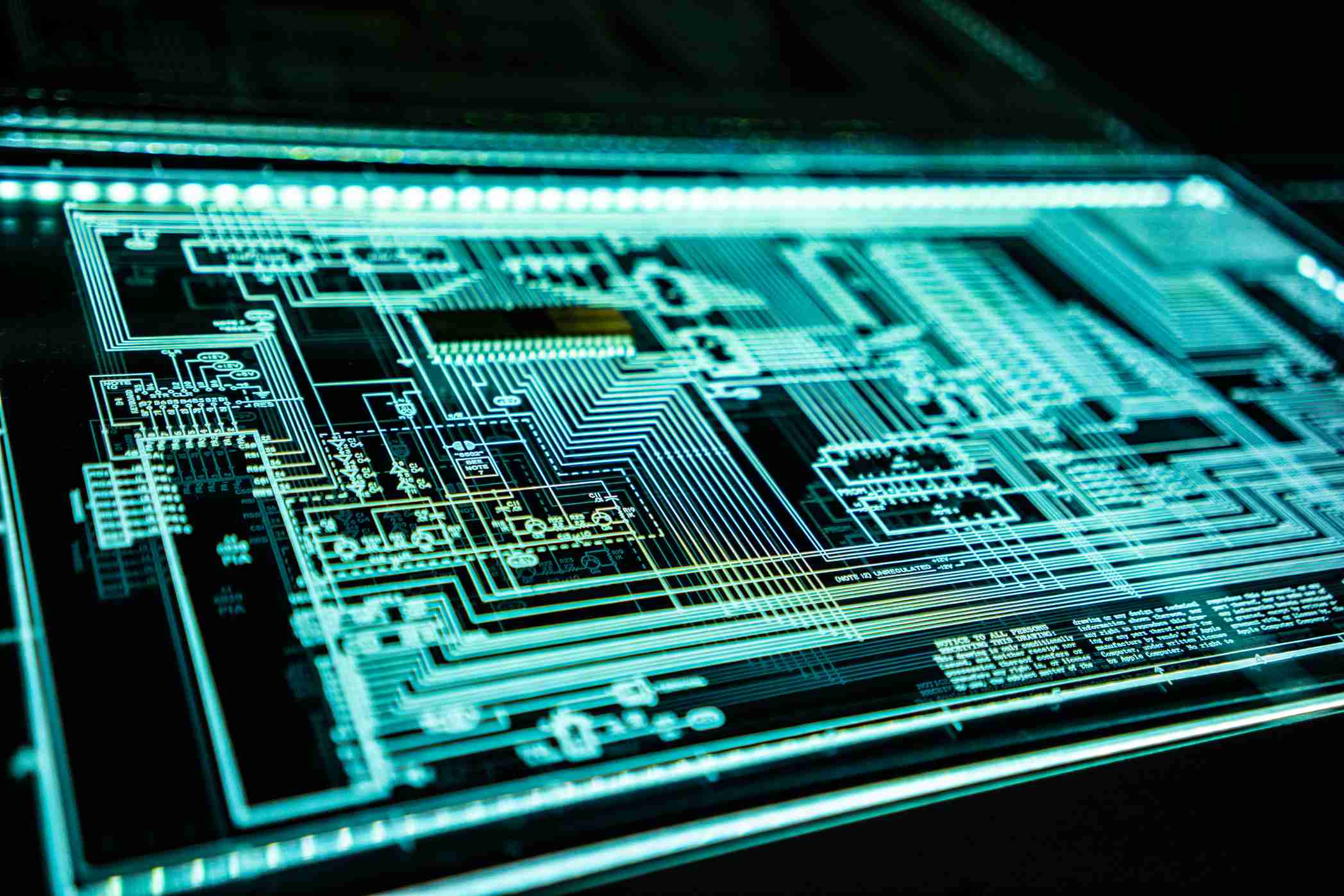What are Crypto Faucets and How to Use Them
A crypto faucet is a website or app that distributes small amounts of free cryptocurrency to users, usually in exchange for completing simple tasks. They are an essential tool for developers and new users.

A crypto faucet is a website or app that distributes small amounts of free cryptocurrency to users, usually in exchange for completing simple tasks. Think of it as a dripping faucet that slowly releases small drops of water. In this case, the "water" is crypto.
Faucets are not a way to get rich quick. The amounts distributed are tiny, often worth just a fraction of a cent. Their primary purpose is not to make users wealthy, but to serve as an educational tool and a way for developers to test their applications.
How Do Crypto Faucets Work?
The process is usually straightforward:
- Visit the Faucet Website: A user goes to a faucet website.
- Enter Your Wallet Address: You provide the public address of your crypto wallet.
- Complete a Task: To prevent bots from draining the faucet, you usually have to complete a simple task. This is often solving a CAPTCHA, watching a short ad, or clicking a link.
- Receive Crypto: After completing the task, the faucet sends a small, predetermined amount of cryptocurrency directly to your wallet.
The Two Main Types of Faucets
-
Mainnet Faucets (Historical): In the very early days of Bitcoin, faucets were used to introduce people to the new technology. Gavin Andresen, a lead Bitcoin developer, famously ran a faucet that gave away 5 BTC per visitor in 2010. These were real Bitcoins. Today, mainnet faucets are rare and give out extremely small amounts, as the value of cryptocurrencies has risen dramatically.
-
Testnet Faucets (The Modern Use Case): This is the primary and most important use for faucets today. Blockchains have "test networks" or "testnets" that are clones of the main network ("mainnet"). These testnets allow developers to build and test their applications in a realistic environment without using real money.
- Testnet Ether: A developer building on Ethereum needs testnet ETH to pay for "gas" fees to deploy and test their smart contracts.
- How they get it: They go to a testnet faucet (e.g., a Sepolia or Holesky faucet), enter their wallet address, and receive free, valueless testnet ETH. This allows them to build and experiment without any financial risk.
Why Do Faucets Exist?
- Education and Onboarding: For newcomers, a faucet can be their first experience of receiving a crypto transaction. It's a risk-free way to learn how wallets and transactions work.
- Developer Testing: This is the most crucial role. Faucets are an indispensable tool for the entire Web3 developer community, providing the testnet funds needed for all application development and testing.
- Traffic and Engagement: For the faucet operators, it's a way to drive traffic to their website, where they can earn revenue from advertising.
While the days of getting free Bitcoin from a faucet are long gone, crypto faucets remain a vital piece of the Web3 infrastructure, particularly for the developers who are building the next generation of decentralized applications.
Frequently Asked Questions
1. Can I make a living from crypto faucets?
No. The amount of crypto distributed by faucets is extremely small, typically worth less than a cent. They are for educational and testing purposes, not for earning a significant income.
2. Are crypto faucets safe?
Reputable testnet faucets are generally safe to use, as you are only providing your public wallet address. However, be extremely cautious of any faucet that asks for your private key or seed phrase—this is always a scam. Some faucets may also have intrusive ads or pop-ups.
3. What is a "testnet"?
A testnet is a separate blockchain used for testing and experimentation. It works just like the real "mainnet," but the coins on it have no real-world value. This allows developers to build and test their applications without risking real money.
4. Where can I find a testnet faucet?
The best way is to search online for a faucet for the specific testnet you need (e.g., "Sepolia faucet" for Ethereum). Many infrastructure providers like Alchemy and Infura run reliable faucets.
5. What is "gas" and why do I need it on a testnet?
Gas is the fee required to perform a transaction on a blockchain like Ethereum. Even on a testnet, you need to pay gas fees (with testnet ETH) to simulate real-world conditions and to prevent spam on the test network.


